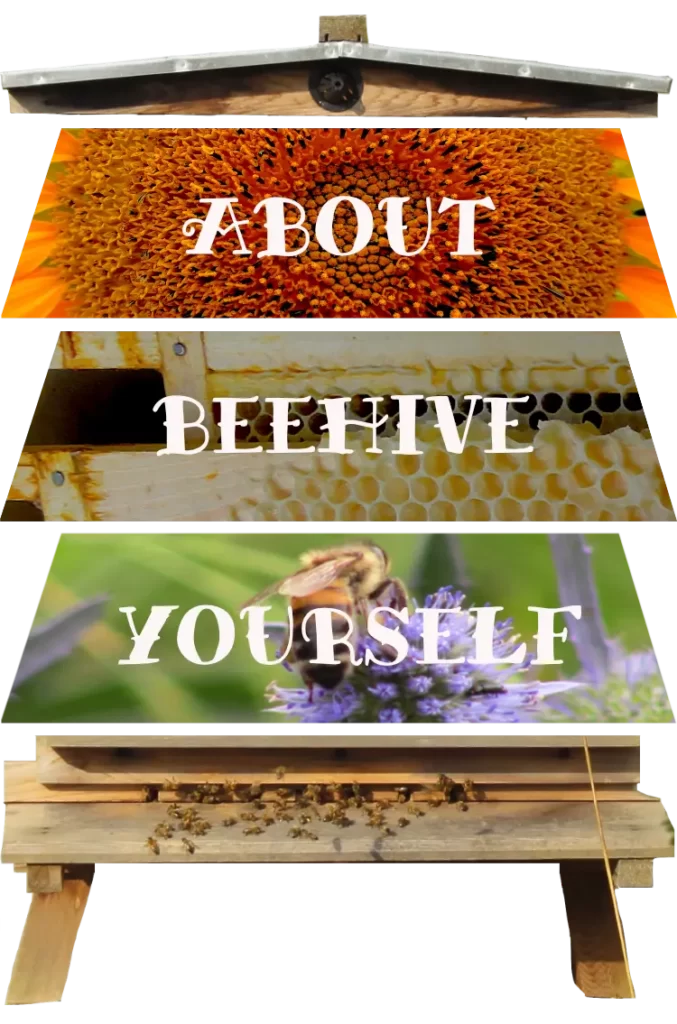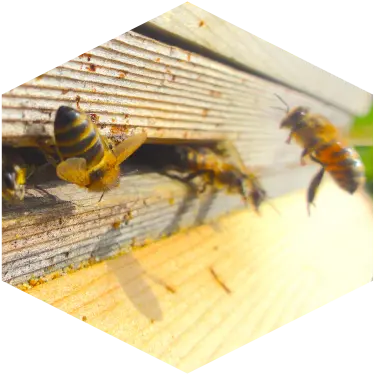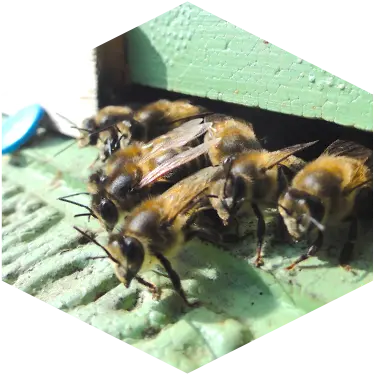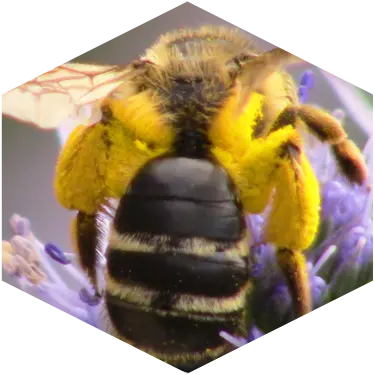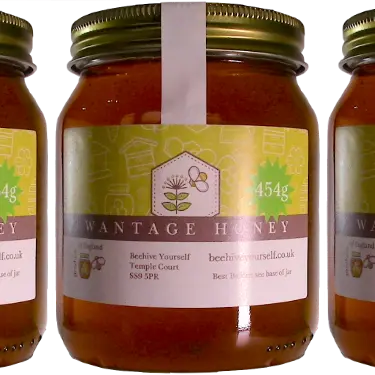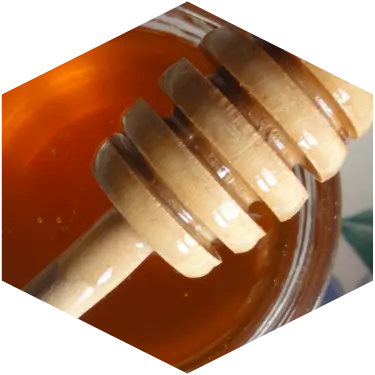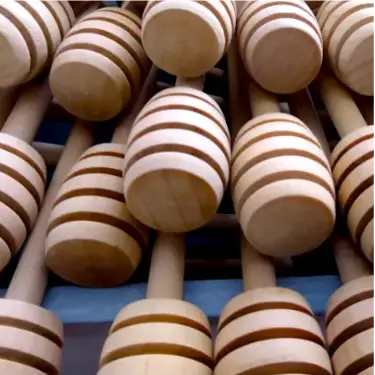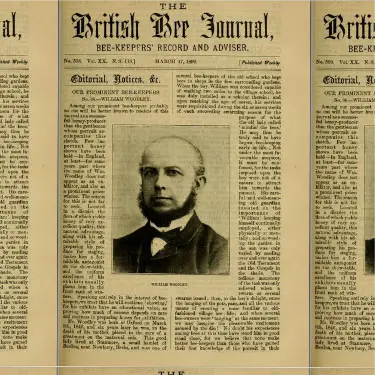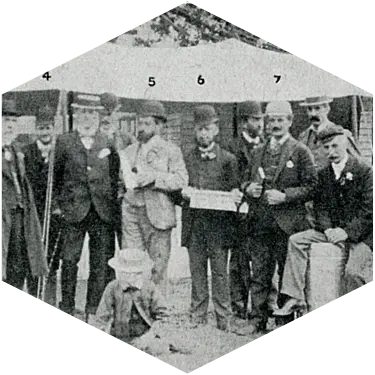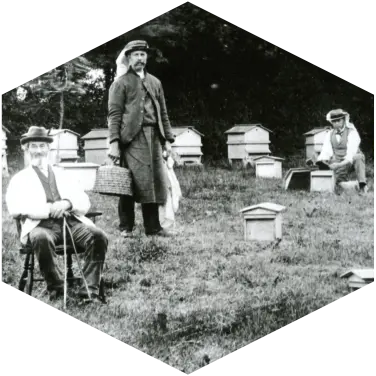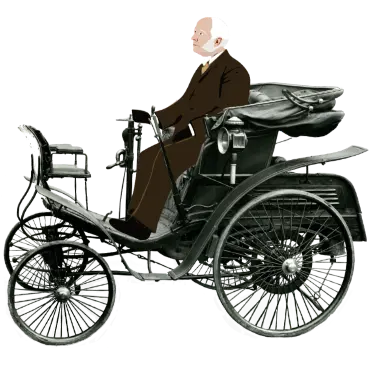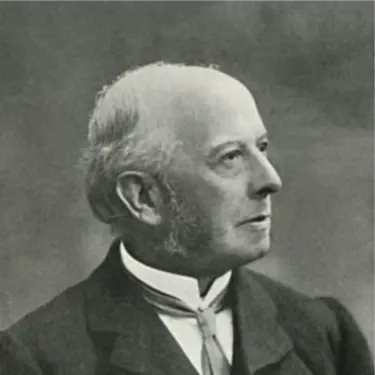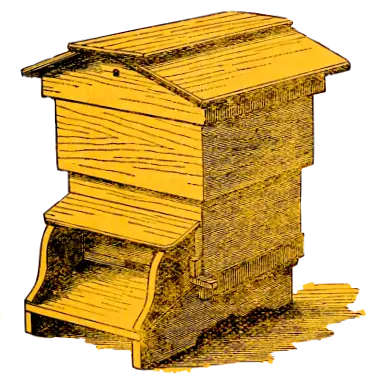About Beehive Yourself
Here at Beehive Yourself, we are big into honeybees! In fact we have two apiaries: one on the Berkshire Downs and the other in the market town of Wantage, in southern Oxfordshire, England.
The Wantage apiary is situated in a suburban garden, a few streets away from Wantage Hospital and the garden centre.
Here, bees benefit from the flora of the gardens and public spaces, as well as the surrounding arable fields.
The Downland apiary is situated on piece of land which is semi-woodland. Here, bees benefit from the agricultural crops, with oil-seed-rape and field bean being the most common.
Beside crops, there are plenty of other flowers for the bees to forage, particularly trees, thistles, brambles and ivy.
In 2022, we began a project to showcase the work of Beehive Yourself. This entailed writing articles with accompanying short videos. Fittingly, we called this series ‘About Beehive Yourself’ and you can find this body of work here.
You might be interested to know that we have our very own You Tube channel, which mostly has beekeeping related content. Furthermore, we have a Wantage Honey Facebook page where you can find what were are up to currently.
The Beehive Yourself Shop
Wantage Honey (545g Jar)
Wantage Local Honey is a delectable local honey. Our honeybees live within a nine mile radius of Wantage.
Wantage is a market town, lying below the Berkshire Downs, and looking over the Vale of the White Horse. In case you wish to find it on a map, it sits in the county of Oxfordshire. It is about fourteen miles south of Oxford or nine miles west of Didcot.
Wantage Honey was created by our honeybees which are hived two apiaries. One apiary lies within Wantage town. Further afield, our out-apiary is located in a meadow on the Berkshire Downs.
About Wantage Local Honey
By simply course filtering, which removes large debris, Wantage Honey retains its pollen. As a result, our honey is popular with hay-fever sufferers.
We use traditional 1lb jars (454 grams equates to 1lb) for our honey. These come with traditional screw-lids.
Being real and unrefined honey, it will granulate over time – which is a mark of its quality and a natural process. If you wish fully runny again, gently warm the jar, perhaps by using a bain-marie.
We do not blend our honey, as a result each batch will have a subtle difference in colour and flavour. The photographs in the product description are for illustrative purposes and the colour of the honey you receive may vary.
The places the bees forage makes the taste of the honey, so in a strange way you are savouring our local floral environment.
If you would like a jar of Wantage honey, you can buy here.
Wooden Honey Dipper
Our honey dippers (also known as honey spoons) are made by a Lincolnshire based company. These wooden utensils are the alternative to a metal spoon.
Interstingly, folklore has it that you shouldn’t put a metal spoon in honey, and in the days before stainless steel this makes a lot of sense, because honey is slightly acidic and would corrode metal.
If you would like a dipper to drizzle honey over your food, you can buy here.
Beehive Yourself Book Project
William Woodley Biography
After at least ten years of research our guest writer, Steven Herbert, is embarking on writing the biography of William Woodley. Here is an introduction to the great man.
William Woodley (1845 – 1923) was a pioneer in ‘Modern Beekeeping’, a champion at the show-bench, the owner and operator of Britain’s largest bee-farm, was presented to Queen Victoria, an owner of the world’s first mass-produced car, and a prolific writer. His commentary of the Isle of Wight disease, a disease which wiped-out ninety per cent of the honeybee population in the British Isles, is his most significant contribution to the world of beekeeping. Woodley’s story charts the rise and fall of British beekeeping.
Champion At The Showbench
Woodley became a prolific champion at the show-bench, winning many of the top prizes for ‘sections’ of honeycomb. It was a lucrative enterprise both in prizes but also meeting commercial honey-buyers from the big cities. Woodley became a household name in the world of beekeeping, and his talents were put to good use when the British Bee-keepers Association needed a gift fit for a Queen.
In 1889, Woodley was presented to Queen Victoria at the Royal Agriculture Society of England’s show, held in the grounds of Windsor Castle. He had prepared for Her Majesty a specimen of honeycomb which his bees had worked into the letters ‘R. A. S. E. Jubilee 89’. This was given to the Queen and she admired how the bees had made the lettering. Woodley told the Queen that he lived lived near Newbury, and the Queen was pleased to claim him as a near neighbour.
Largest Bee-Farm In Britain
Remarkably in the early 1890’s, Woodley had the largest bee-farm in Britain and worked between 100 – 200 hives in total at his two apiaries in the hamlets of Worlds End and Stanmore, which today are located in the parish of Beedon. Recruits to his operation were his wife (who would package-up the honeycomb sections) and an ‘old boy’ from the village. The ‘old boy’ would be paid to mind Woodley’s bees at his out-apiary at Stanmore and to collect swarms. Often these swarms would be packed-up and sent to customers around Britain by train.
William Woodley and the First Mass-Produced Motor Car
Strangely, Woodley was very critical about the harm of motorised vehicles upon bee-forage, nonetheless Woodley owned what is now considered to be a historically significant car. From 1906 he owned a Benz Velo, and this make and model of car was the worlds’ first mass-produced motor vehicle. This fact led the Science Museum’s search for such a car for their collection. Woodley’s daughter, Elizabeth Goodman, subsequently owned the Benz Velo, and she was approached by the Science Museum about the possible purchase of her car. The car was purchased for the nation in 1912. This car, whose registration is BW37, is on display the National Motor Museum at Beaulieu, England.
Body of Writing
His most significant achievement is his body of writing. For over forty-years, (1882-1920) Woodley was a correspondent in the British Bee Journal (BBJ), the Bee-keepers Record (BKR) as well as some other minor publications.
Woodley’s contribution to the BBJ and BKR was on a fortnightly and monthly basis respectively, which he performed on a regular basis for at least thirty years. In addition to being a correspondent to beekeeping journals, Woodley was a prolific letter writer, both in the service of his community and privately. Many of these letters are still in existence today, and from which we derive a more candid perspective on particular issues of the day.
Beehive Yourself Press: From Blog To Book
Over the coming months, we will publish a series of articles about William Woodley and these will be akin to a first-draft chapters of a book. At some point in the future a biography will be published. In the meantime, you can find articles about Mr W. here.
!!!STOP PRESS!!!
Published in Bee Craft Magazine: Berkshire bee van.

